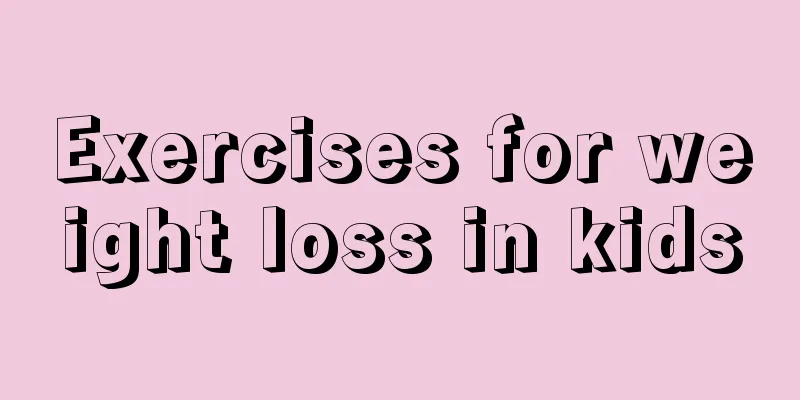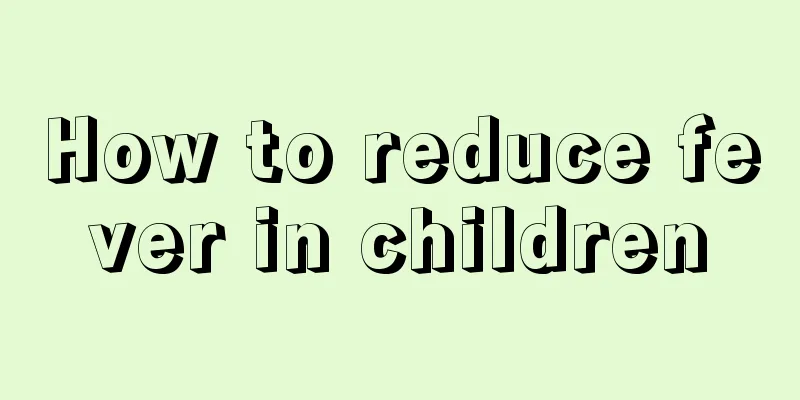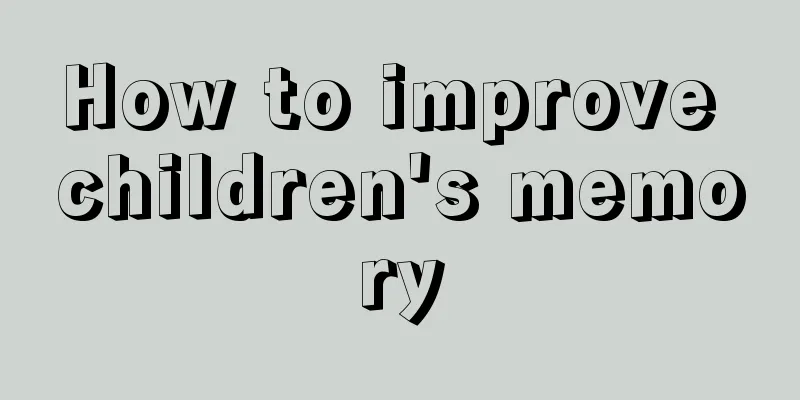What's wrong with blinking in one week and nine months?

|
Eyes are the tool we use to see the world and are one of the most important organs in the face. Blinking is a normal physiological reaction that can help keep the eyeballs moist. The frequency of blinking for normal people is usually maintained at a relatively fixed value. So, what is going on when symptoms of excessive blinking occur? This may be caused by bacterial infection and inflammation of the eyes. Blinking is a physiological need. The average normal person blinks 15 to 20 times per minute. Blinking allows tears to be evenly distributed on the cornea and conjunctiva, moistening the eyeball, maintaining corneal luster, and removing dust and bacteria from the conjunctival sac. Blinking exercises can also give the retina and eye muscles a temporary rest. But many children blink much more frequently than this. Frequent blinking in children is clinically known as abnormal blink syndrome, and in the past it was often thought to be caused by conjunctivitis. Recently, as the incidence rate among children has increased, it has received widespread attention and research, thus clarifying its causes, as follows. 1. Eye inflammation: This is the most common cause, which may be caused by bacteria, viruses, chlamydia and other infections such as conjunctivitis, keratitis, etc. In addition to increased blinking, it is usually accompanied by symptoms such as redness and itching of the eyes, increased secretions, and tearing. Frequent blinking caused by bacterial inflammatory stimulation can be treated with tobramycin eye drops or erythromycin eye ointment; if the inflammation is caused by a virus, acyclovir or endafin eye drops can be used. Severe cases require systemic medication.2. Entropion and trichiasis: Normal people's eyelashes grow outwards, but some children have congenital entropion, which causes their eyelashes to fall on the surface of the eyeball. This will not only cause the child to blink frequently, but also irritate the cornea and cause tearing, and even damage the cornea, forming irreversible scars and causing decreased vision. Among them, lower eyelid entropion is the most common. For mild cases, the inverted eyelashes can be removed, or the eyelids can be gently turned outward to their normal position and fixed with adhesive tape applied to the local skin. As your child grows physically, entropion is expected to heal on its own. Severe cases require surgical correction. 3. Eye fatigue blinking: including visual fatigue such as refractive errors, especially visual fatigue caused by uncorrected hyperopia, myopia and astigmatism. This is a protective reflex that adjusts the curvature of the eyeball through continuous blinking, allowing for clear vision. In this case, the child's study and life should be arranged appropriately. The child should be told not to spend too much time reading, watching TV or using the computer. The child should be encouraged to do more outdoor activities and should wear glasses for treatment when necessary.4. Tic disorder: Tics are common in children aged 2-15 years old. They are involuntary twitches of multiple muscle groups. Frequent blinking is the most common manifestation. They may also be accompanied by tics in multiple parts of the body or complex motor tics, such as frowning, twisted mouth, shrugging, etc. Children with "tic disorder" should seek medical attention as soon as possible. In addition to drug treatment, they should also receive psychological support and behavioral therapy. |
<<: Will a child get pharyngitis after more than a week?
>>: There is a small pit on the child's chest
Recommend
What to do if your child has protruding ears
If a child has protruding ears, it will not only ...
How to care for children with facial paralysis? These 3 points must be achieved!
If you find that a child has facial paralysis, do...
How to treat mycoplasma pneumonia in babies
Mycoplasma pneumonia in babies is a common and re...
If your baby refuses to take medicine, parents should learn these little tricks to feed the medicine
I believe everyone knows that medicine is partial...
What to do if your son has a bad temper
Children with bad tempers who lose their temper e...
Reasons for red pimples on baby's face
Children's skin is relatively delicate. In th...
What should I do if my child is fat?
With the improvement of people's living stand...
What to do if a 7-year-old child doesn't like to eat?
Nowadays we are particularly concerned about chil...
The dangers of pathological jaundice in children
Pathological jaundice is a common disease in newb...
Three-year-old baby convulsions
The baby's body is very fragile and can be ea...
Why is the child always making trouble?
When a child is always making a fuss, it may be b...
What's wrong with the child's crooked mouth?
A child's crooked mouth often looks like a di...
How to reduce fever in children?
Fever and colds are very common for some children...
Why does the child keep vomiting?
Vomiting is related to an upset stomach, especial...
What are the causes of burning palms in children?
During the baby's growth and development peri...









